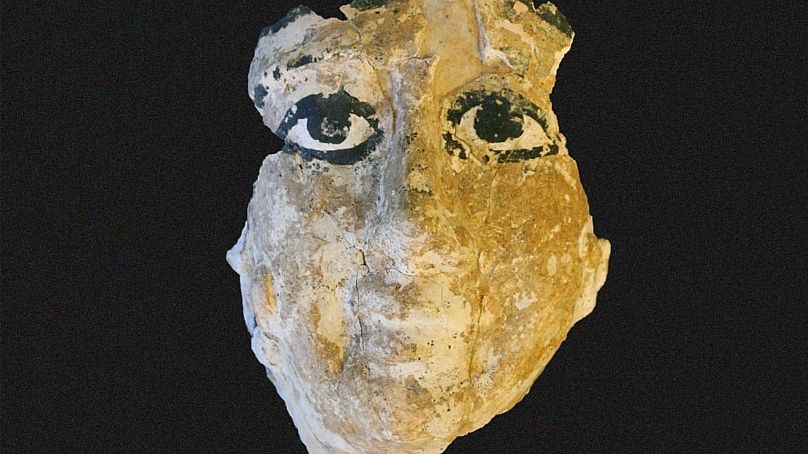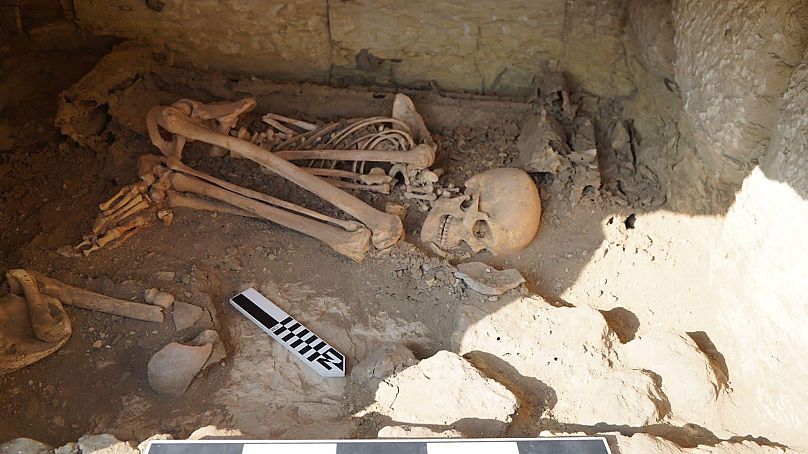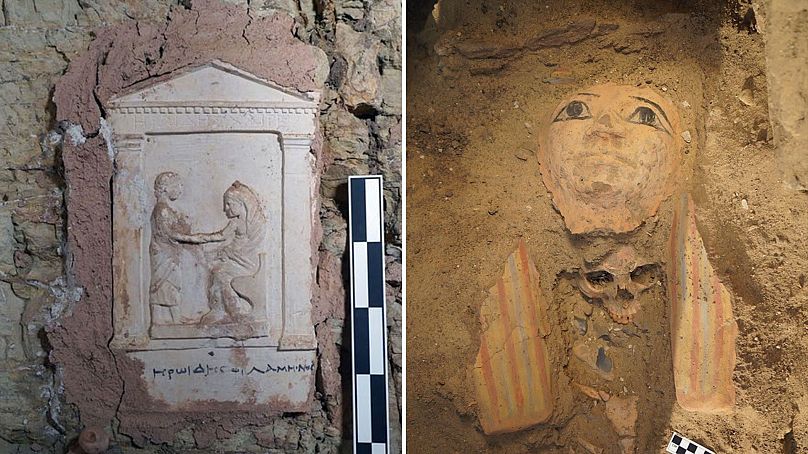
Archaeologists unearth 4500-year-old Ancient Egyptian tomb with astonishing treasures

Remarkable treasures have been discovered in the tomb, including a Second Dynasty child burial, a well-preserved alabaster vessel from the 18th Dynasty, and terracotta statues depicting Isis and Harpocrates.
Archaeologists have made a groundbreaking discovery in the necropolis of Saqqara, situated approximately 20 miles south of Cairo, as they unveil an ancient Egyptian tomb carved into rock over 4000 years ago.
The remarkable find, recently confirmed by Egypt’s Ministry of Tourism and Antiquities, has been brought to light by a collaborative effort between Egyptian and Japanese archaeologists.
The tomb, dating back between 2649 and 2150 BC and featuring multiple graves and artefacts that span different historical periods, “provides invaluable insights into the history of this region,” said Nozomu Kawai, the head of the Japanese team.





